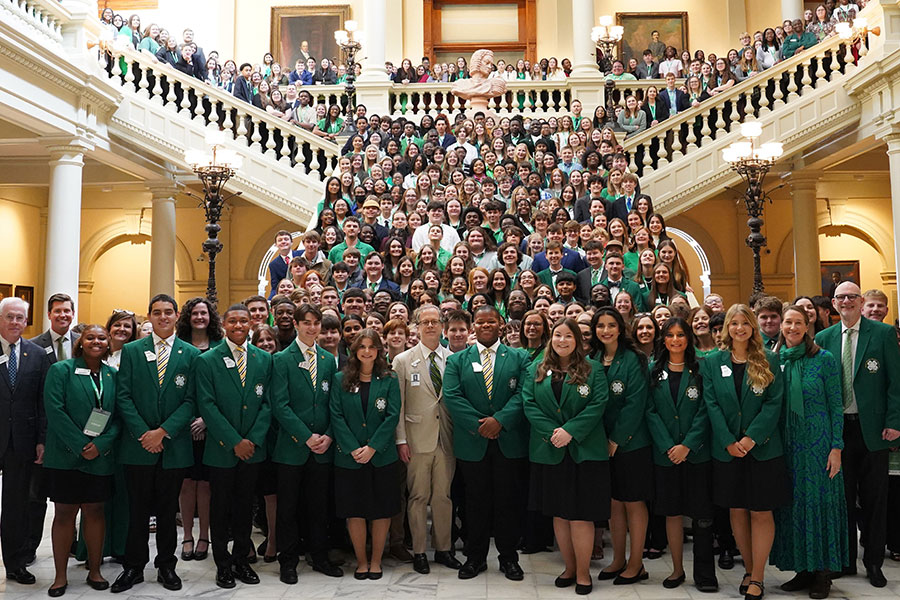Summer in Georgia means sweltering heat and widely scattered showers and thunderstorms. Your neighbor could get an inch of rain in their yard, while yours stays bone dry.
"These isolated showers are usually just not enough to keep a yard green," said Kerry Harrison, an engineer with the University of Georgia Extension Service. "Most turfs need an inch to an inch and a half of water every week."
A notable lack of rain lately has had many Georgians dashing to water hoses. But do your homework first. Timing is everything, Harrison said.
When watering lawns, the only water that matters is what makes it to the roots. Applying too little or too much at the wrong time may hurt your lawn while raising the water bill.
So it's crucial to know how much water gets to the grass roots, Harrison said.
"Not knowing your irrigation's rate of application, whether it's a sprinkler on a hose or a permanent system, is like driving a car with no speedometer," Harrison said.
Different systems apply water at different rates. Of all of the systems available, sprinkler hose combinations have the most variance in rate and the least uniformity. Use several rain gauges spaced evenly in the watering area to learn your system's application rate.
No matter what your application rate, when you water affects how much actually reaches the grass roots, where it's needed.
"We have research, numbers and all the evidence we need to know that you can lose as much as half the water if it's put out during daylight," Harrison said.
Direct sunlight, high temperatures and a light wind can evaporate or blow water away from both the water stream and from the ground.
"That means you have to put out twice as much," he said. "And your water bill may be twice as high. But your grass won't benefit an equal amount."
When should you water your lawn?
Nighttime is best, Harrison said.
"It's better for the grass, it's a better use of the water and it's usually easier to get better water pressure," he said. "The only way it's not better is for the person who might have to get up from bed to turn it on or off."
A timer, though, can do that for you.
Many permanent systems are on timers. It's usually fairly easy to change that timing to twice a week, watering each time enough to apply about three-quarters of an inch. Many garden centers carry timers that work just as easily on hose faucets.
Watering during the day increases the time the grass is wet and makes disease problems more likely. At night, the grass is wet from dew already, so more water won't hurt.
Applying a little water often will keep grass roots close to the soil surface. So they don't reach the nutrients and water that are available deeper. A thorough soaking once or twice weekly helps roots grow deeper, resulting in healthier grass.
Watering twice a week allows another chance for rain to supply the other half of the water needed each week, Harrison said.






